Bestseller
Nagas: The Ancient Rulers of India, Their Origin and History
Synopsis
The Nagas, like most of the other native tribes had serpent as their totem. They also used to worship serpent and consider them to be their protective deity. They also used to wear artificial hoods of cobra on their heads at certain occasions. The tradition of Naga worship or totem was in prevalence in Babylonia, Assyria, Palestine and Iran from ancient times and it was brought to India alongwith migration of Sumerians and Assyrians and Dravidian race. There are enormous evidences of seals and seal impressions found from Indus towns to show that Indus Valley people also used to worship this serpent deity. In Rigvedic account, there is a mention of Nagas or Ahi (serpent) race, Naga warriors or Naga kings among them Ahivritra is prominent, who was sworn enemy of Indra, the Aryan God and militant leader. In Atharva-Veda there are some hymns, which describe serpents named Iligi and Viligi, according to B S Upadhyaya, these were names of father and son in the genealogical table of Assyrian Kings. This proves that serpent (Naga) race and its tradition of serpent worship came from Western Asia. On the basis of findings of pottery type from Ahar and its proto-type from contemporary sites in Anatolia, Assyria and Iran, Dr. Sankalia has reached a conclusion that new immigrants came from the above mentioned region. Archeological evidences recovered from the excavation of Prabhasa a site of B & R Ware culture in Kathiavar, it has been proved by scholars that users of this pottery were Yadavas of Mahabharata fame. These Yadavas were original inhabitants of Western Asia and Iran. Racially they were round headed Alpine or a blend of Alpine or Dravidian race. These people, according to Rigveda were non-Sanskrit speaking non-Aryans whose mother tongue was Souraseni, which has been described as Mlechchha language in Puranas. They are also called Dasas in Rigveda. Krishna, the black hero of Yadavas, in addition of his being an incarnation of Vishnu was also a son of Vasudeva and great grand son of Aryaka who was a Naga chief in origin. Baldeva or Baldou, the elder brother of Krishna is said to be reincarnation of SeshaNaga, hence he was always under the protection of many hoods of cobra. At his death his soul came out of his mouth in the form of large cobra. They developed a guild based industry and trade system and at one stage their every village was turned into an industrial state. The base of their military system was nation-in-arms which made them most powerful and invincible people of the ancient age. Republican system was base of their ruling system, which is said to be modern development of Europeans. In short these people were wealthy worker and warriors who believed in equality and brotherhood and knew no caste. They were followers of Buddha’s teachings of non-violence, their sword was not for violence but for maintaining peace. They were architect of urbanization of ancient India second time after the fall of Indus cities and their ultimate achievement was “Golden Age†of Indian history. Thus the Naga culture was of great producer which made them great, on the other Aryan culture was non-productive which became the main cause of downfall of the nation at later stage.
Read more
16.20
14.58
$
18.00 $
Free delivery Wolrdwidе in 10-18 days
Ships in 1-2 days from New Delhi
Membership for 1 Year $35.00
Get it now and save 10%
Get it now and save 10%
BECOME A MEMBER

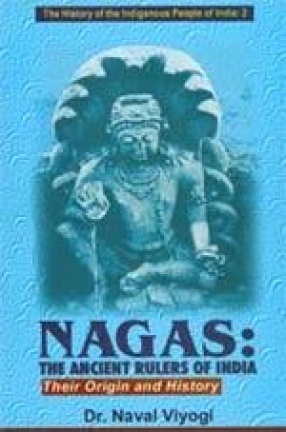

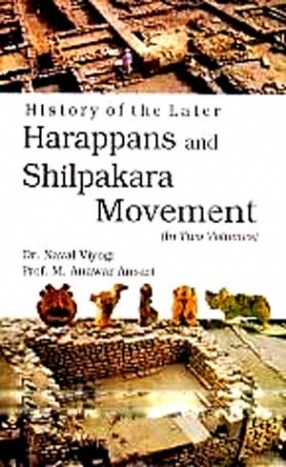
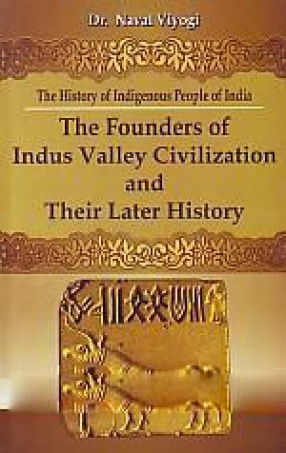
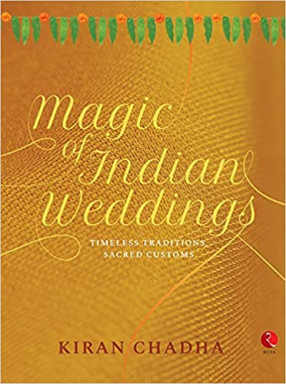
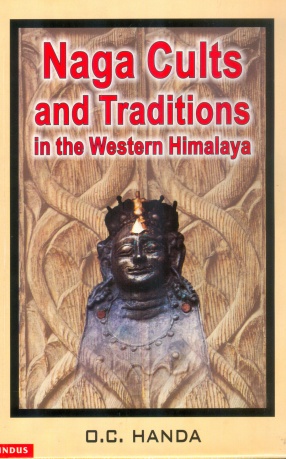
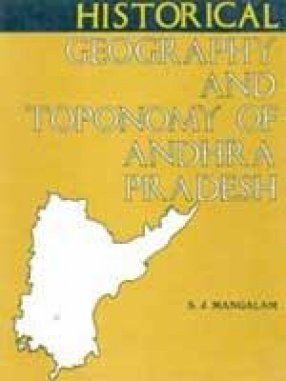
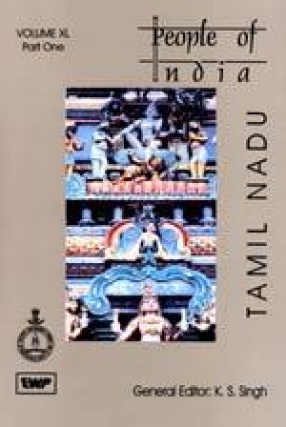

Bibliographic information